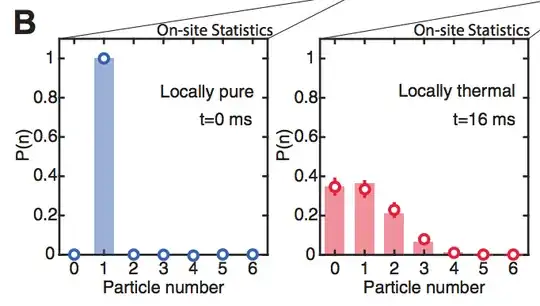The following statement, and similar extensions of it to various other statistical ensembles, forms a basis for many computations in statistical physics:
If we construct a large number of identical copies of a system, and if the state of each system is prepared by bringing it into thermal contact with a heat bath having temperature $T$ and waiting for sufficiently long (meta comment: for "thermalization), then measurement of the energy of each system will yield a distribution of energies that is Boltzmann.
Applying this statement to microscopic models of systems can be used to correctly predict well-known empirical, thermodynamic facts such as equations of state. In addition, the apparent general theoretical and empirical success of the predictions the statistical mechanical apparatus based on the statement above is pretty convincing evidence in its favor. However, I would personally find a more "elementary, direct" test most convincing.
Question. Has an experiment of the following structure or something morally equivalent ever been performed in the laboratory?
- Construct a reasonably large number of nearly identical systems.
- Bring each into contact with a heat bath at a certain temperature.
- Wait for a while.
- Measure the energy of each system.
- Construct a histogram of energy frequencies.
- Determine if the histogram is consistent with the Boltzmann distribution.
References appreciated.
